NASA Discovers Sci-Fi Horror-Like Superbug Strains Mutating on The International Space Station
Aboard the International Space Station (ISS), scientists have discovered 13 strains of a superbug, Enterobacter bugandensis. This multidrug-resistant bacterium has mutated in the extraordinary environment of space, making it genetically distinct from its Earth counterparts.
The discovery of these superbugs seems like something straight out of a sci-fi horror movie, posing significant health risks to astronauts.
Meet Enterobacter Bugandensis
Enterobacter bugandensis, a bacterium notorious for being multi-drug resistant, was isolated from the ISS. Thirteen strains of this superbug were found to be genetically and functionally distinct from those on Earth.
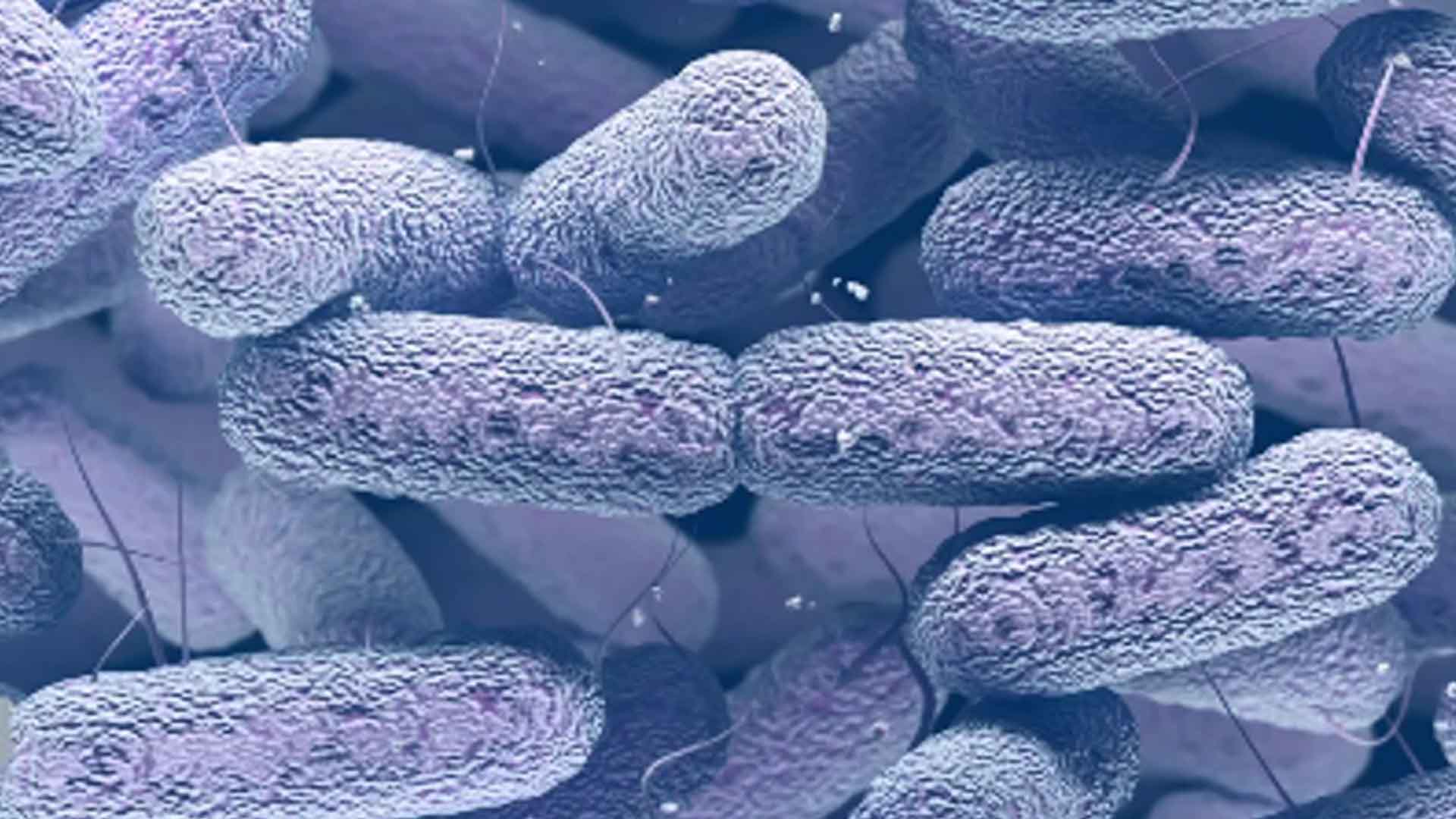
Source: NASA
These mutations allow the superbug to thrive in the extreme conditions of space, showcasing a unique adaptation process.
The ISS: A Unique Environment
The ISS provides a unique environment subject to microgravity, radiation, and elevated carbon dioxide levels. These extreme conditions make it a prime location for studying microbial dynamics.
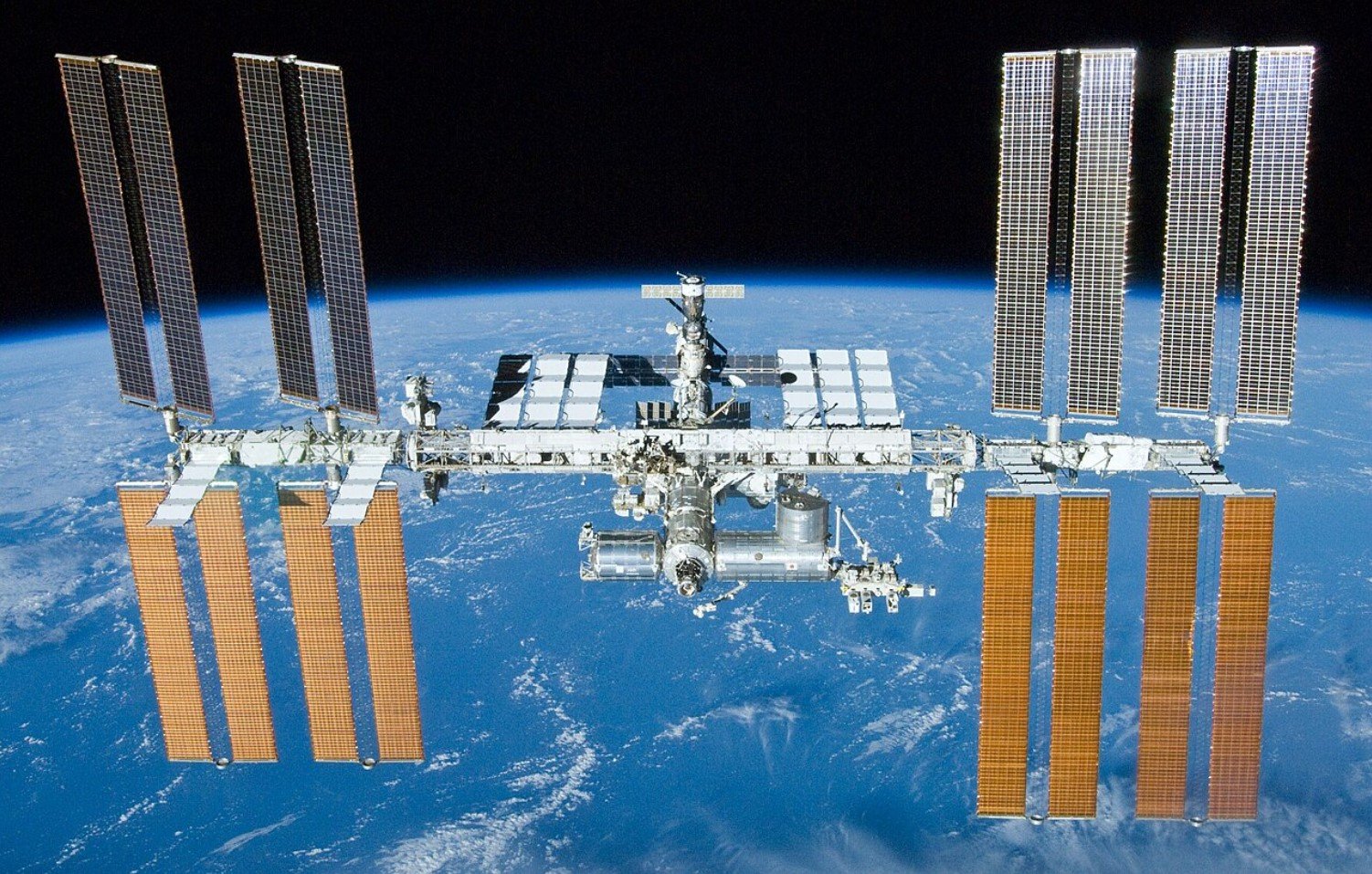
Source: Wikimedia
The isolated strains of E. bugandensis have adapted to survive and actually thrive in this environment, demonstrating remarkable resilience.
Collaboration Across Continents
The study of E. bugandensis was a collaborative effort between NASA’s Jet Propulsion Laboratory and IIT Madras.

Source: Cytonn Photography/Pexels
Principal Investigator Dr. Kasthuri Venkateswaran led the research, which detailed the prevalence, distribution, and adaptations of the superbug on the ISS.
Mutation Under Stress
The ISS strains of E. bugandensis exhibited significant genetic and functional changes compared to their Earth counterparts.
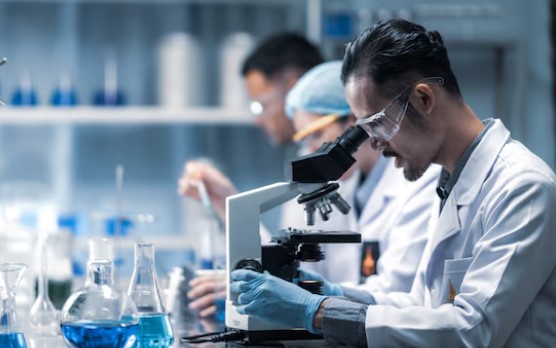
Source: chokniti/Freepik
Under the stress of space conditions, these bacteria mutated to develop resistance to drugs. This mutation process highlights the extreme adaptability of microorganisms in space.
Coexisting with Other Microbes
E. bugandensis coexisted with multiple other microorganisms on the ISS. In some cases, it may have even helped other organisms survive.
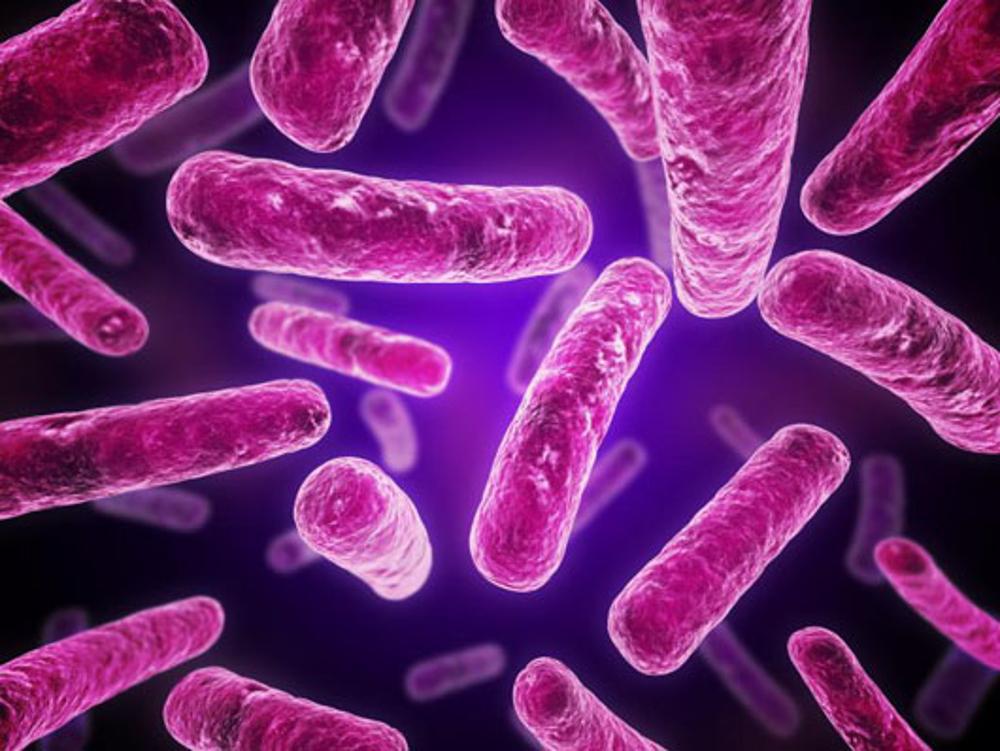
Source: Wikimedia
This intricate web of interactions showcases the complex microbial ecosystem present in the space station’s closed environment.
Iron Acquisition and Resilience
One of the key factors in the superbug’s survival is its ability to acquire iron. This, along with interactions with other microorganisms, spurred its development of resilience.
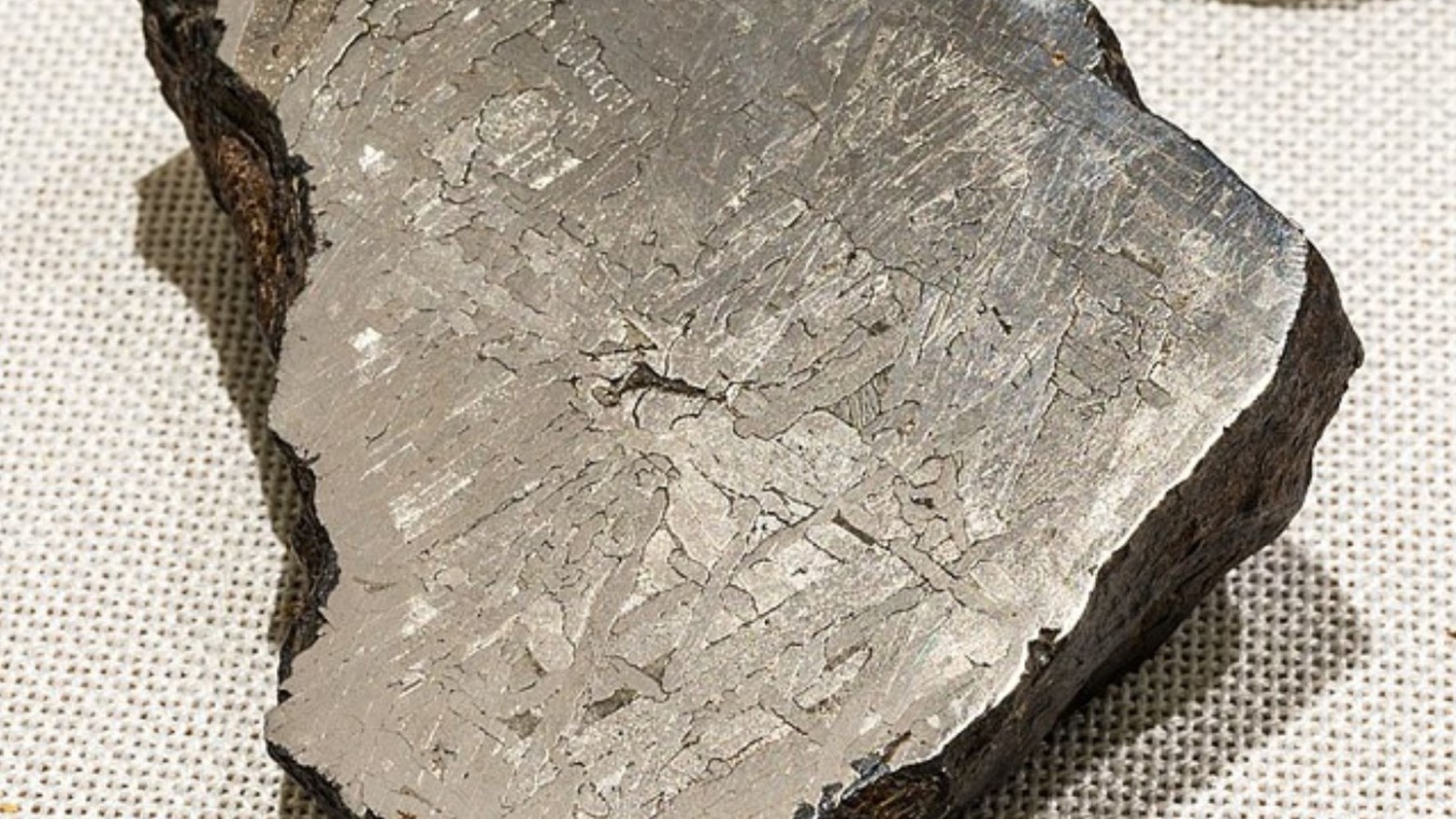
Source: Raimond Spekking/Wikimedia Commons
The space strains of E. bugandensis have adapted to withstand the inhospitable realities of space.
Health Risks to Astronauts
The presence of E. bugandensis on the ISS poses significant health risks to astronauts.
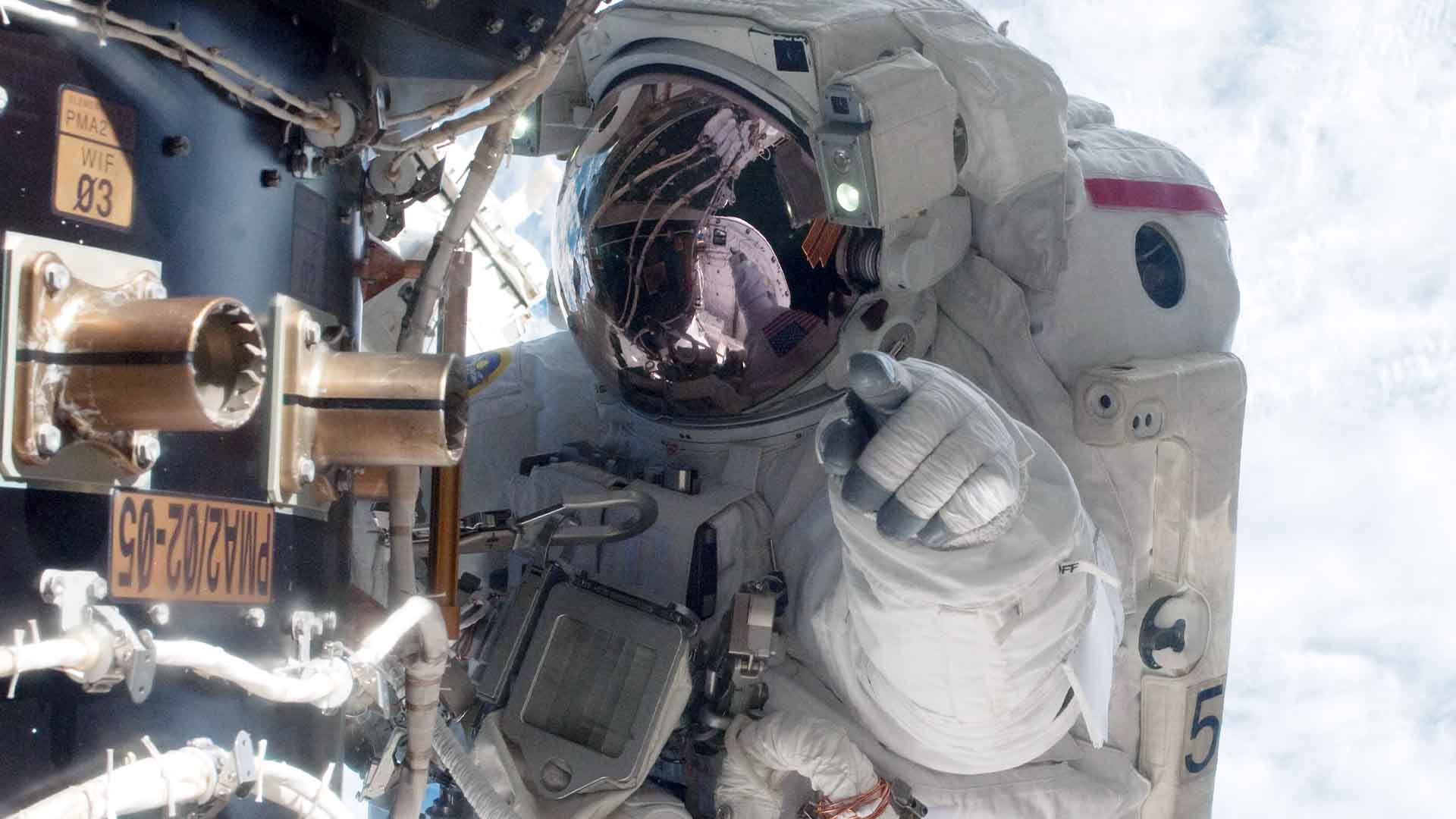
Source: NASA via Getty Images
With weakened immune systems and limited access to medical facilities, astronauts are particularly vulnerable. The superbug’s resistance to drugs makes it a threat to their health.
Genomic Changes in Space
Microorganisms in space must undergo genomic changes to survive. E. bugandensis has no choice but to adapt or perish.
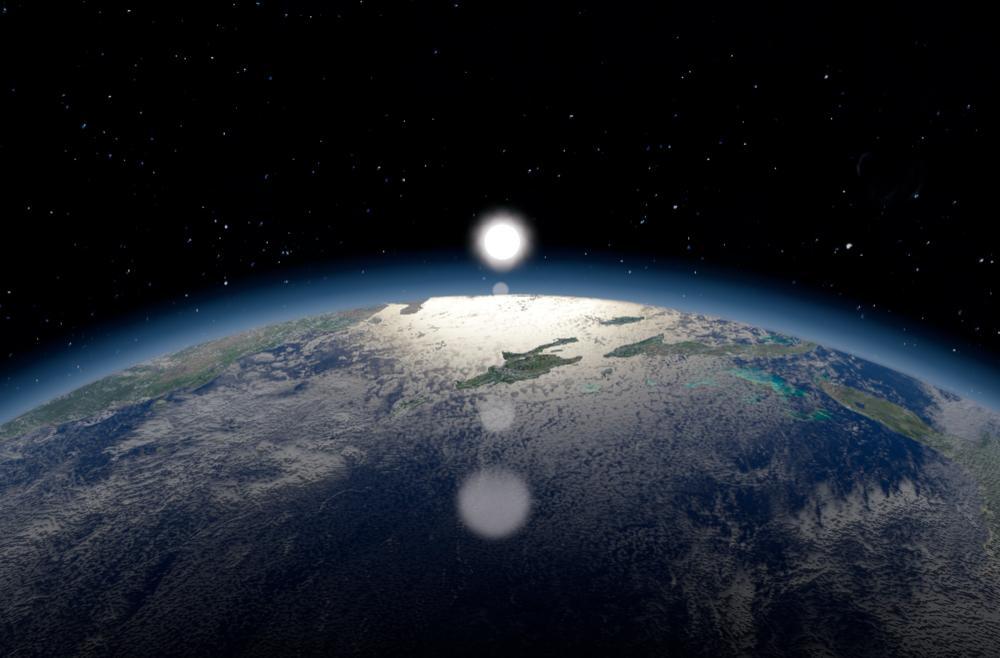
Source: Wikimedia
These changes make the space strains genetically unique and categorically separate from their Earth counterparts, showcasing the power of microbial adaptation.
Preventative Measures
Understanding the adaptations of E. bugandensis is important for developing preventative measures. Ongoing studies aim to mitigate the risks associated with space-borne microorganisms.

Source: Wikimedia
Protecting astronaut health is a top priority for NASA as they continue their research on this superbug.
Future Research Directions
The research on E. bugandensis opens doors to further studies on microbial dynamics in extreme environments.
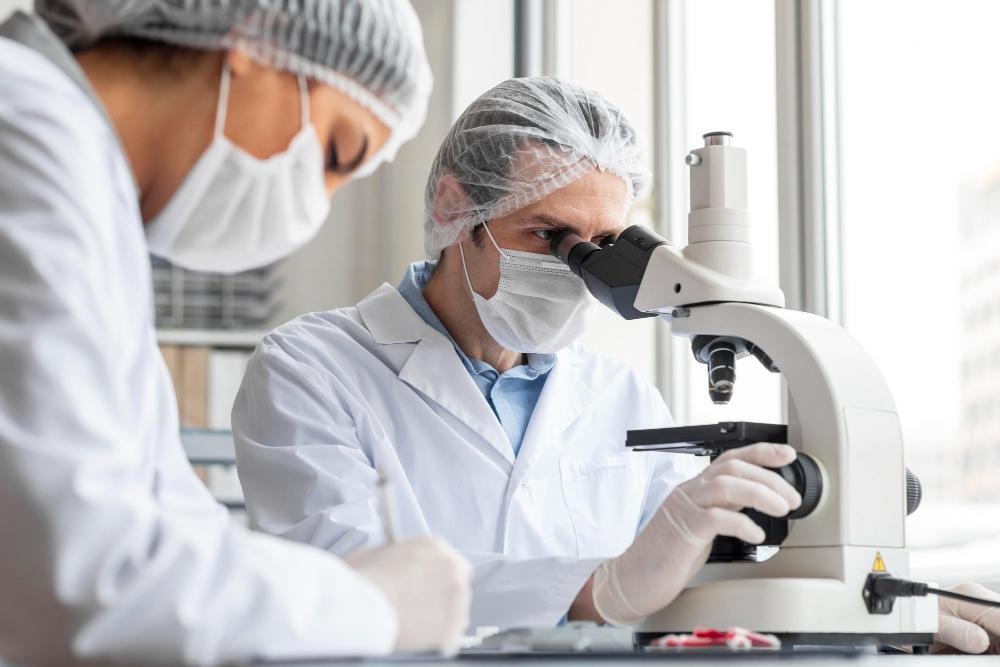
Source: Wikimedia
By looking at how microorganisms adapt and survive in space, scientists can potentially develop strategies to prevent the spread of multidrug-resistant bacteria both in space and on Earth.
The Broader Impact
The findings from this study are not only significant for astronaut health but also for our understanding of microbial survival.
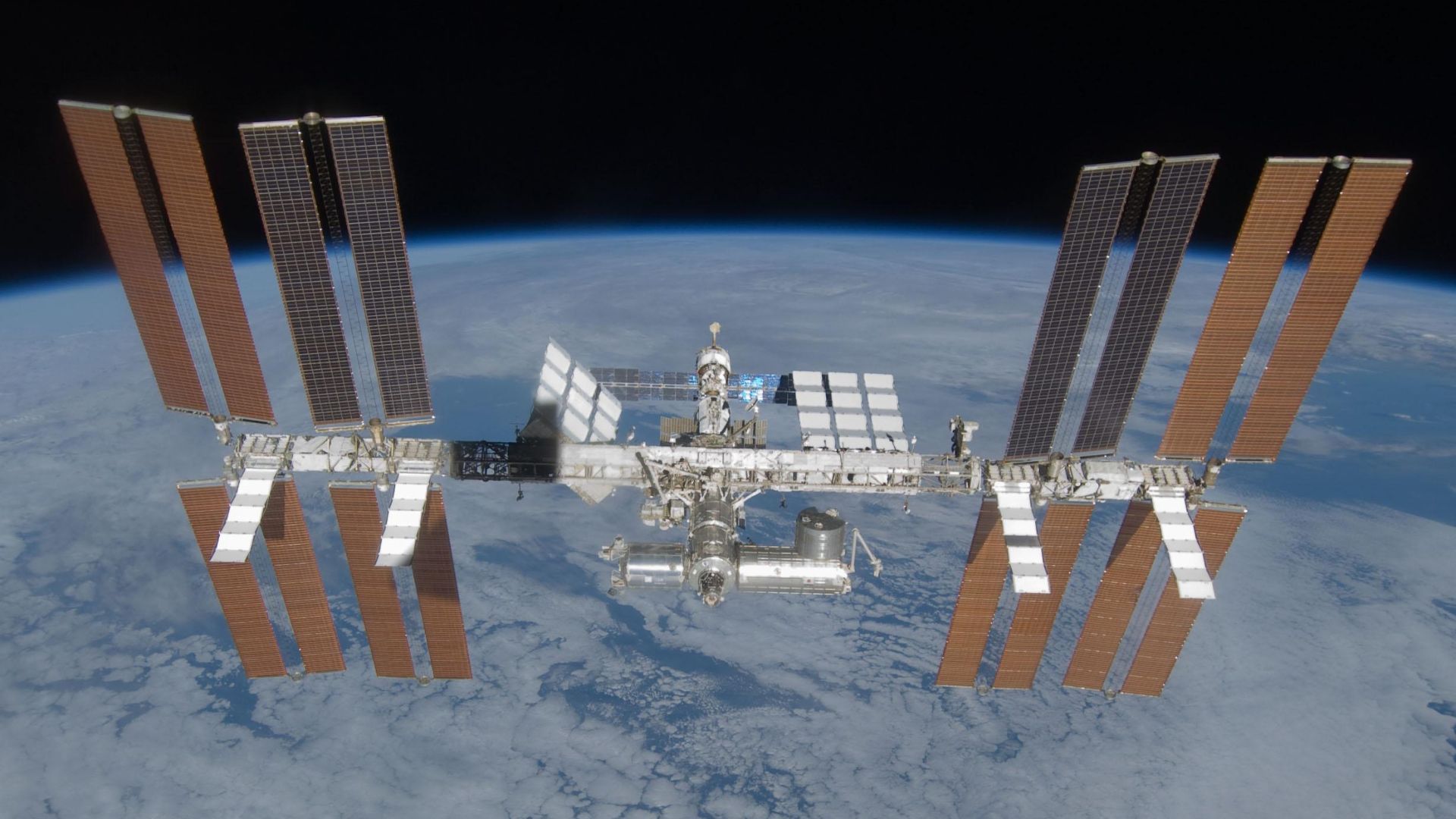
Source: NASA/Wikimedia Commons
Research highlights the importance of studying microbial dynamics in closed, extreme environments. The insights gained pave the way for future research and preventative measures.
